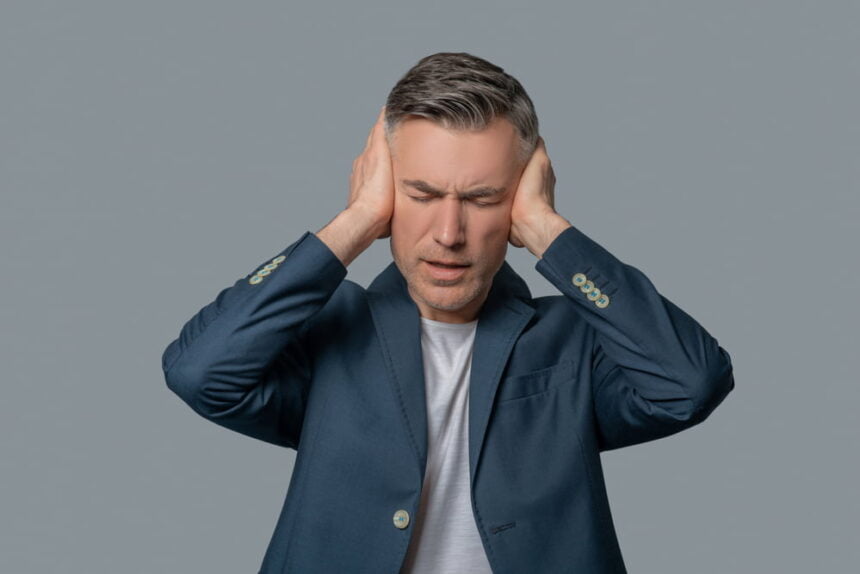Hearing loss is a common problem, especially among older adults. The NIDCD estimates that 2% of all adults between the ages of 45 and 54 are suffering from disabling hearing loss. That figure increases to 8.5% for adults between 55 and 64 years of age. Although it is rarer among younger people, anybody can be a victim of hearing loss, including children.
Some causes of hearing loss are more common and widely known than others. There are a number of common things we do every day that can lead to hearing loss. A number of types of hearing loss are rare and can affect people of all ages.
Less Common Forms of Hearing Loss to Be Aware Of
Hearing loss can affect our daily life in difficult ways. You want to be aware of potential causes, even if the are rare. This can help you get the right treatment.
What is hearing prophylaxis? It is a treatment that can help slow the progression or even reverse hearing issues. However, it only works if you properly diagnose the cause and have an online hearing test.
Here are some forms of hearing loss that you might never have heard of before. You should be aware of the symptoms, in case you or a loved one is struggling with them.
Usher syndrome
Usher syndrome is a disorder that affects vision and hearing. It can also have many other serious problems, such as balance issues. Most people who inherit Usher syndrome suffer from moderate to profound hearing loss at birth. Hearing loss tends to get slowly worse over time, but it doesn’t progress as quickly as many other hearing disorders since it is already severe to begin with. On the other hand, vision problems worsen steadily as retinal cells degenerate.
Meniere’s disorder
Meniere’s disorder is a hearing problem that is caused by issues in the inner ear. This disorder causes many problems, including vertigo and ringing. The disorder can also lead to hearing loss and popping sounds in the ear.
Unlike many other disorders, there are many possible causes of Meniere’s disorder. This makes it difficult to treat this disorder. It can be caused by infection, fluid buildup, head trauma, autoimmune disorders or genetics. Therefore, healthcare providers must carefully diagnose the problem to find the best corrective treatment.
Waardenburg syndrome
Waardenburg syndrome is the collective name for six different types of genetic diseases. Around 80% of patients with these diseases suffer from hearing loss. Other symptoms are also present, including changes to the coloring of the eyes. People with this disorder often have their eyes turn pale blue or another color.
Benign paroxysmal positional vertigo
Benign paroxysmal positional vertigo (BPPV) is another hearing problem affecting the inner ear. It is caused by the buildup of calcium carbonate crystals, which are casually referred to as ear rocks. The problem sometimes goes away on its own, but patients often need a range of different treatments, including pharmaceuticals or surgery, to get rid of them.
Labyrinthitis
Labyrinthitis is a hearing disorder caused by infections that cause inflammation to nerve transmitters and the inner ear. This infection leads to swelling, which impedes communication between the brain and the ear. The problems can become long-term if the condition is not quickly treated. Patients may also suffer from nausea and dizziness with this disorder.
Acoustic neuroma
Acoustic neuroma is another form of hearing loss. This condition is caused when a benign tumor develops and impedes hearing. It can also cause balancing difficulties. Most patients suffering from this condition need to undergo surgery to have it rectified.
Auditory neuropathy spectrum disorder
Auditory neuropathy spectrum disorder is a problem that occurs after the inner ear is no longer able to transmit sounds to the brain. The air can still detect sounds like normal but will not pass the signals. There is no genetic cause of this disorder and people can fall victim to it at any age.
Cogan’s syndrome
Cogan’s syndrome is a form of hearing loss caused by an autoimmune disease. It creates inflammation that causes the ears and eyes to swell. As a result, patients suffer from both vision and hearing loss. They may also develop vertigo.






